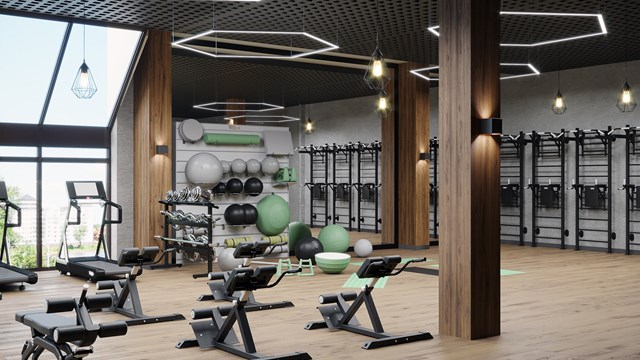
Q. I have lived in my condo for more than a decade, and every winter, I (and a couple of other owners) have fed the birds with no problems. Watching the birds has been a comfort to me, especially this year with so many other activities limited due to the pandemic.
However, last month some residents complained that the bird seed was causing an influx of mice. I’m not sure if it really is the bird feeding that’s the problem, or just an unusual winter season. After the complaints, my condo board announced new rules that prohibit this activity. This was done with no input from the majority of residents as far as I can see. With the pandemic, there have not been any public meetings. I’m not sure how they could have enacted this without a discussion and vote.
Can the board enforce this rule? It seems arbitrary, since this has never been an issue before, and could be a short-term problem unrelated to any bird-feeding activity.
—Cheep Thrills
A. “In most instances, your condominium association’s board has the exclusive authority to operate the common areas, including enacting rules which it reasonably believes will prevent damage to property,” says Frank Lombardi, partner in Lombardi Law Group in Lincoln, Rhode Island. “This includes what it perceives as a need to avoid the migration or infiltration of rodents, including, as here, mice and of course, their distant cousins, squirrels—if it has proven the nexus between the birds and the mice.
“That said, there are two exceptions or conditions. First, the board’s authority here may be limited in some way by language in the condominium’s governing documents. Take for example—however far fetched, but still possible—that the developer of your condominium was a longstanding member of the Audubon Society and wanted his project to reflect his belief in the maintenance of bird habitats. As a consequence, he had inserted into his governing documents language to the effect that the board may not unreasonably prohibit unit owners from feeding birds on common areas.
“Possible, but not likely. What is in fact more likely is that a board’s power is limited by language requiring it to make reasoned and fair decisions while operating the common areas. Here, I suggest that you perhaps ask the board how it arrived at its decision. Was the bird-feeding ban a knee jerk reaction to a complaint, or instead put in place only after a good faith investigation? If it is the former, the next step would be to present evidence to the contrary; that is, that there is no nexus between the birds and the mice, etc. If it is the latter, then perhaps measures could be suggested where there is limited feeding of birds so as to in turn limit or manage the risk of mice migration. For example, we usually put jalapeño pepper on the bird seed to discourage mice and squirrels from eating the seeds. Or, perhaps, bring it up at the next annual meeting of unit owners for discussion.
“As I’ve said, preached, persuaded, cajoled boards countless times before, just because a board can do something, doesn’t necessarily mean it should do something.
“To the original inquiry, however, unless otherwise set out in the documents, the board usually has the last say, so long as it is reasonable in its application or promulgation of rules. The pushback, briefly, would be to get in front of the board somehow and suggest/prove that the birds are harmless and in fact contribute to the overall livability of the community.
“After all, who really doesn’t enjoy having a cup of coffee in the morning while listening to birds heralding a brand new day?”









Leave a Comment